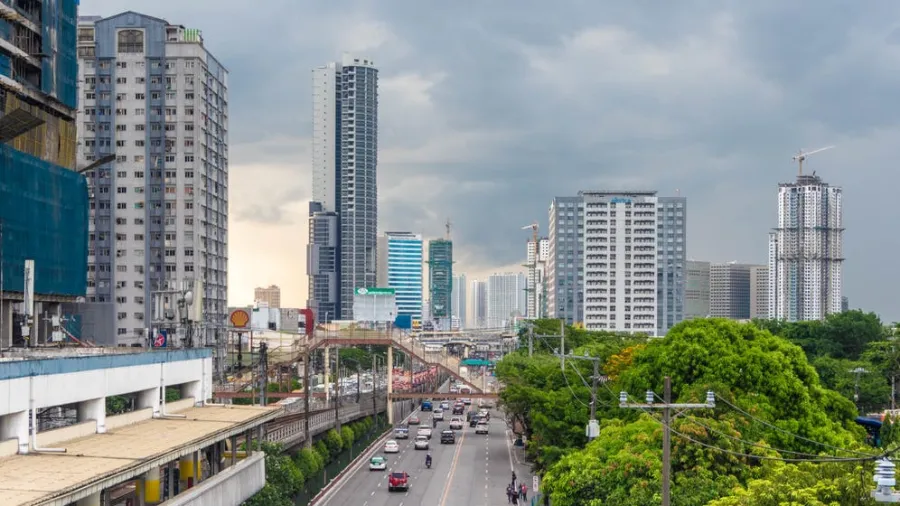
Challenges in the Philippine office market revealed
The sector faces persistently high vacancy rates.
The Philippine economy began 2025 with an optimistic outlook, continuing its 2024 growth. According to a Savills report, projections from institutions like the World Bank indicate a GDP growth forecast of around 6.1% for 2025, driven by strong domestic demand, increased public investment, and controlled inflation. Data from the Bangko Sentral ng Pilipinas shows that inflation has been relatively contained, with early 2025 figures aligning with their target range.
“However, Donald Trump's victory in the 2024 US presidential election introduces a degree of uncertainty. Potential shifts in US trade policy, particularly regarding tariffs and trade agreements, could significantly impact the Philippine export sector and overall economic stability. Furthermore, changes to US foreign policy and aid disbursements could negatively impact the region,” the report said.
Here’s more from Savills:
Conversely, Metro Manila's central business districts face persistently high office vacancy. This is due to evolving work patterns, such as increased remote work, and shifts in the BPO industry, including increased AI implementation. While the BPO industry remains a significant economic driver, the shifting global economic landscape and AI integration are impacting office space needs. However, the rapid expansion of the Philippines' digital economy, including e-commerce and banking, presents new opportunities for tech-focused workspaces.
The anticipated 200,000 sq m office space delay from Q4/2024 persisted into Q1/2025, resulting in zero new completions. These delays are exerting dual negative effects, disrupting project timelines while simultaneously contributing to anticipated increases in vacancy rates. Upon completion, buildings lacking sufficient pre-leasing activity are projected to drive the vacancy rate upward, potentially creating an oversupply of new offices.
The Metro Manila office market experienced a contraction in the first quarter of 2025. Within the big three Central Business District, Makati and Bonifacio Global City saw weakened demand, registering net absorptions of -5,000 and -2,300 sq m, respectively. In contrast, Ortigas Center exhibited notable resilience, recording a positive net absorption of 17,000 sq m. This take-up was distributed across various buildings, with an average transaction size of 2,000 sq m. Overall, the market shows a divergence in performance across the major CBDs, with Ortigas Center bucking the trend of negative absorption.
The first quarter of 2025 presents significant challenges for Metro Manila's office market. High vacancy rates, fueled by departing POGOs and the prevalence of hybrid work, are pushing rental rates downward. While the departure of some POGOs has impacted vacancy rates, a more granular analysis of the remaining POGO sector and its evolving needs is crucial for accurate market forecasting.
Landlords face the dual burden of absorbing 2024's supply while navigating construction delays and the need for modern, flexible spaces. Strategic adaptations, including building upgrades and flexible leases, are becoming crucial for survival.













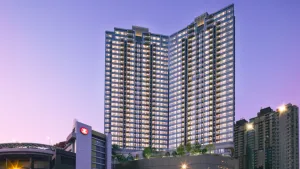
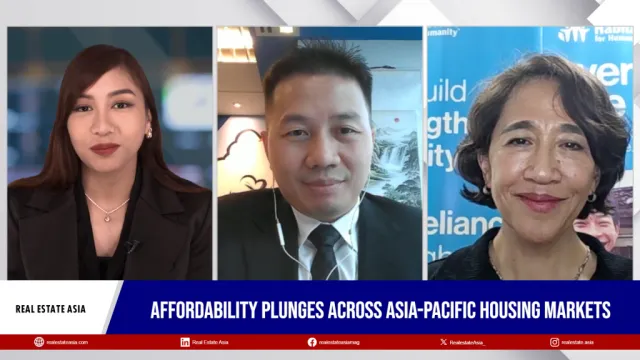

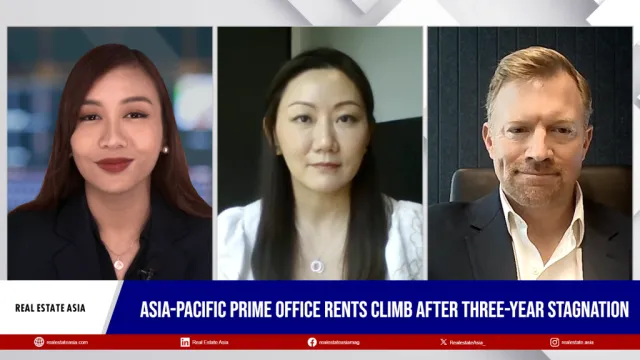
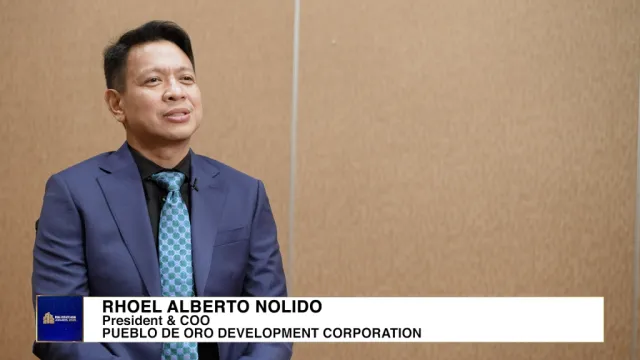

 Advertise
Advertise





